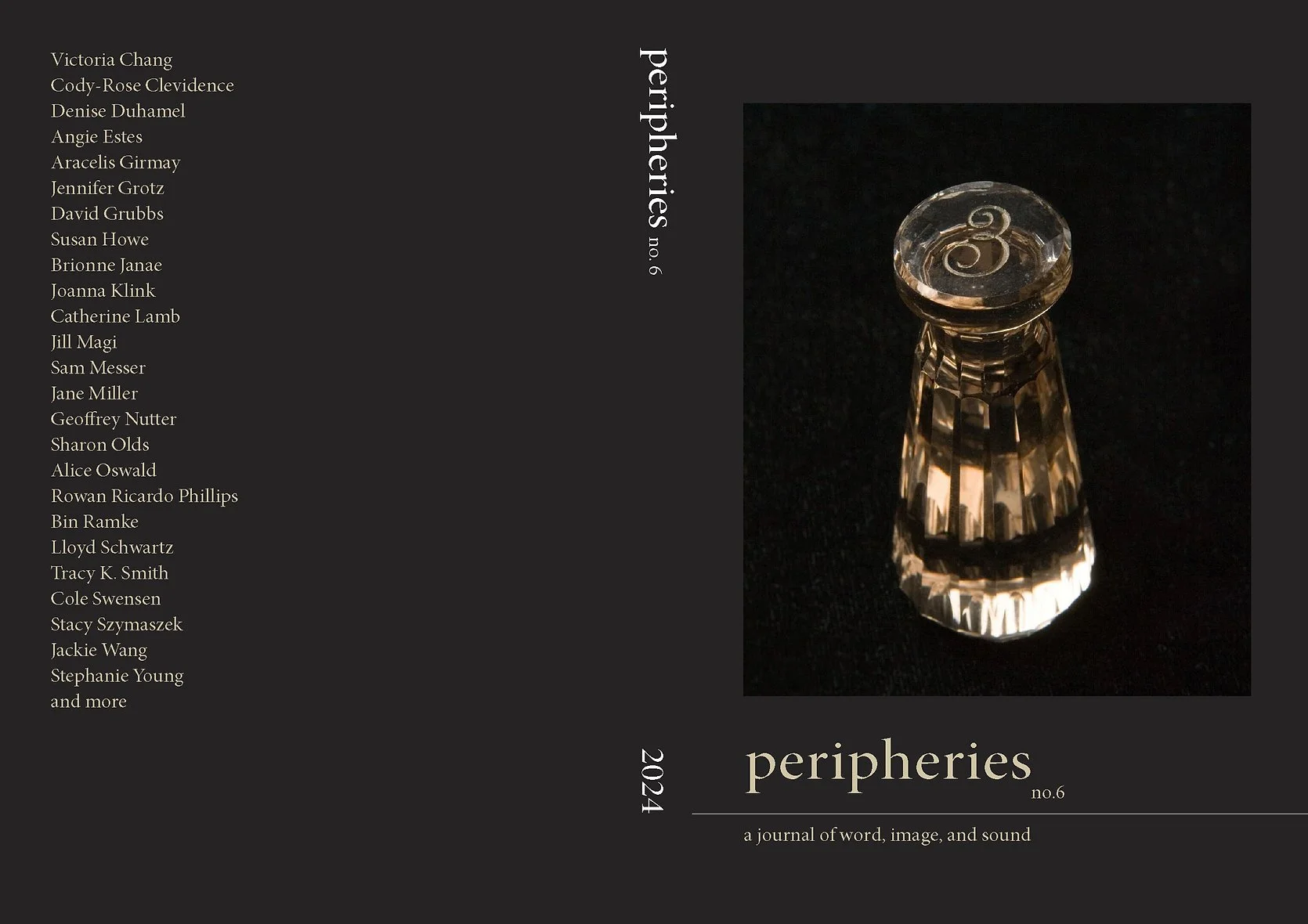When I watch Okwui cry and then Ralph and Okwui dancing.I slip into their bodies, that way Okwui drops her weight to make her knees give out, the way Ralph can open the space between his shoulder and ear to know where he is. I remember being a dancer.
—A Year Without Bodies, Okwui || Spring
Peripheries Journal, No. 6 (2023) , edited by Sherah Bloor. Harvard Center for the Study of World Religions.














